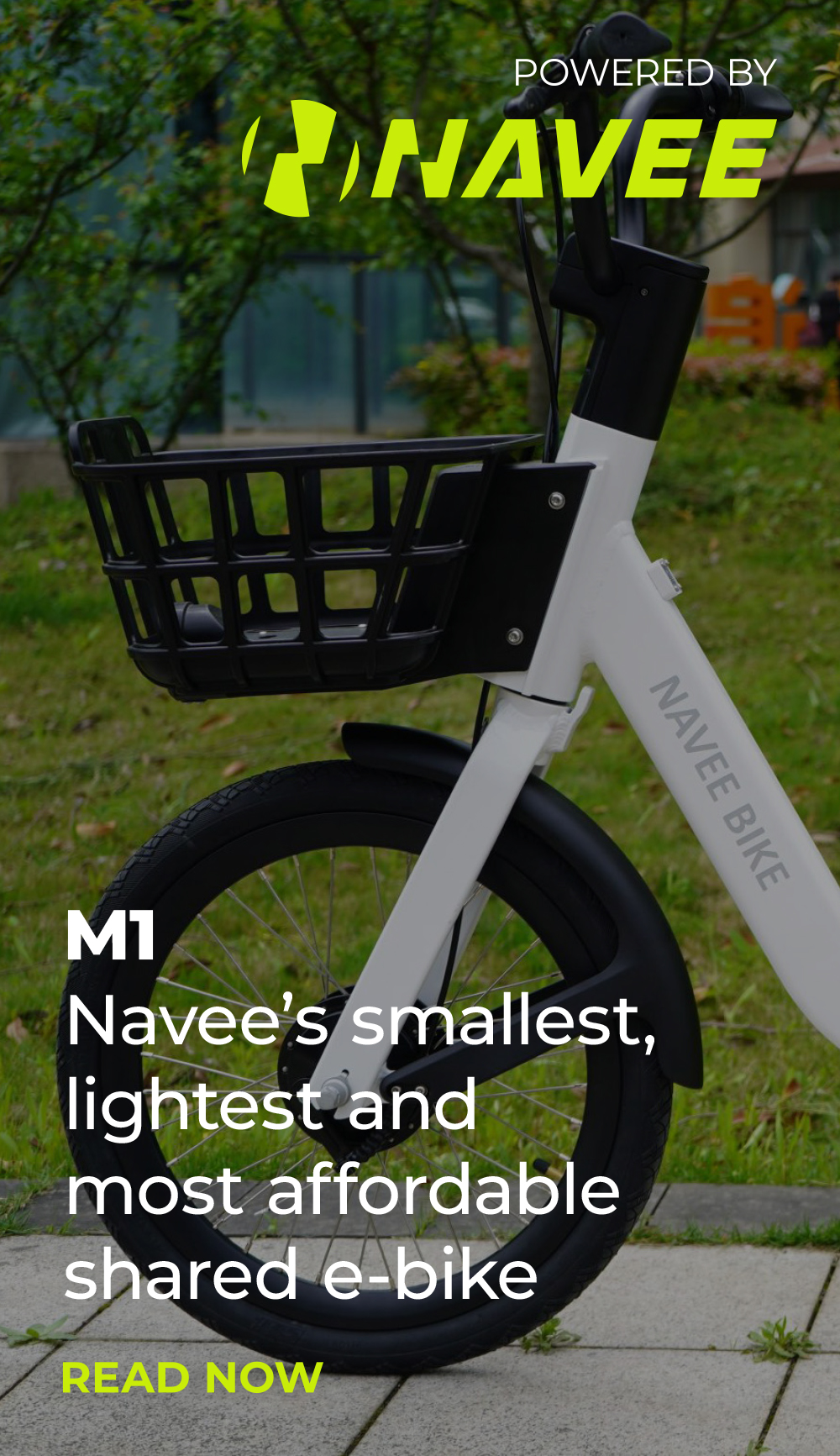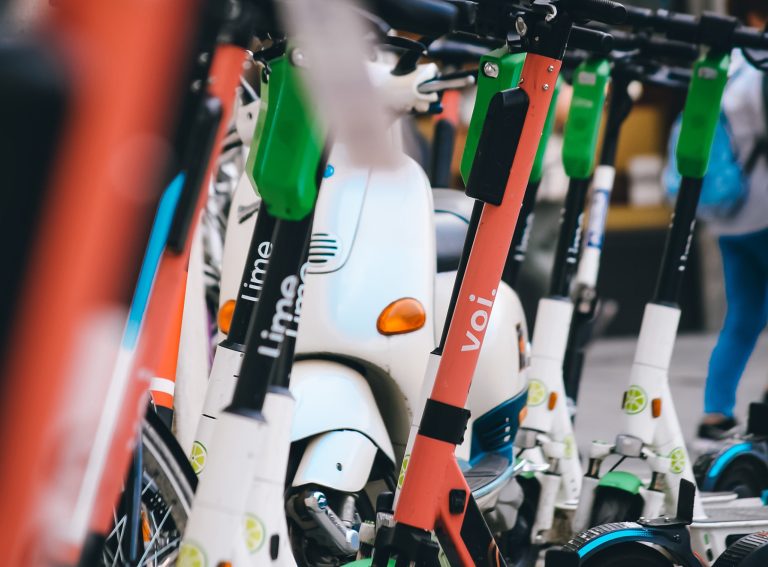Across Europe, a number of cities with e-scooter sharing schemes publish open data on the locations of e-scooters waiting to be hired.
Why is this a good thing? There are two main reasons. Firstly, it allows for public scrutiny into how the street space is used and how the fleets are operating.
Secondly, it encourages innovation in the sector, by providing easy integration into journey planner software and other analysis systems.
Zag has snapshotted the open data feeds which are available for around 58,000 of Europe’s 360,000-strong e-scooter sharing resource, and mapped the location of them, featuring some of the largest cities here out of 70 for which such data exists. We looked at the data on a weekday mid-morning, where we expect that city centres will be filled with e-scooters after the morning’s commute.
Take a tour of some of Europe’s key cities and see which districts get e-scooter sharing services, which miss out, and see just how many there are. All maps are shown at approximately the same scale.
1. Oslo
We start with the Norwegian capital, currently one of the top cities for e-scooter sharing in Europe with an estimated 19,000 vehicles available for hire, across eight operators. Four are showing here, comprising 15,366 scooters available for hire: Voi in red, Tier in blue, Bolt in amber, and Lime in green. The data here is available thanks to Entur, an organisation created by Norway’s Ministry of Transport to unify public transport ticket sales and journey planning data across the country.

Tier and Voi provide coverage right across the urban area, while Bolt and Lime concentrate on the more central parts only. The coverage in the suburbs is pretty comprehensive while the core gets an amazing density of scooters, the like of which we don’t see anywhere else in Europe. The service is undoubtably appreciated by users – Voi reports each of their 4,200 scooters are used an average of 10 times a day – but clutter must be a challenge in places for the wider population. There are more shared e-scooters shown on this map of one city, than are available across all of the UK’s 51 trial areas.
However Oslo’s fleets look set to rationalise, as the city has announced plans to limit the numbers, in total across all operators, to 8,000. Voi, and presumably many of the other 7 operators, are not happy about this. 8,000 is still a lot of scooters though, and Oslo probably doesn’t need 8 companies operating scooters, all with incompatible apps and passes. For now though, Oslo is Europe’s scooter king.
2. Rome
Italy is one of the more open countries for e-scooter data, with Helbiz and Superpedestrian’s LINK, who release all their scooter location feeds openly, operating in multiple locations across the country. Both Helbiz and Superpedestrian are US companies, and the United States has had more of a tradition of opening up micromobility data by default, than Europe.
Here, we see the locations on 9,504 e-scooters in the Eternal City for Lime (green), Helbiz (purple), LINK (yellow) and Bird (white). The other three operators in Rome do not publish their data, but Zag believes there around 14,000 in total.

Bird concentrate on the centre of Rome, while LINK’s coverage to the north-east and south-east is good, and Helbiz provides an additional service to the south-west. Lime has a good coverage throughout.
3. Madrid
Spain’s capital has five e-scooter sharing providers, of which three have available data, with 2,841 e-scooters present. Bird is shown in white, Superpedestrian’s LINK in yellow and Spin in orange.

Bird and LINK extend well out into the suburbs to the south, while Spin is more focused on the northern part of Madrid. Bird has a very high concentration in the centre of the city. with the other operators more spread out. Some suburbs though are not well-served.
4. Zurich
We’ve mapped 2,748 e-scooters in the Swiss financial capital, spread across three operators, Voi (red), Tier (blue) and Bird (white). Bird appears to have the most comprehensive distribution around the shore of Lake Zurich, but all three operators have good coverage.
Zurich’s data comes from sharedmobility.ch, the Swiss national shared mobility platform, which arose from the premise that shared mobility services work best when working together and integrated other transport options. Lime is also present in Zurich but is not part of the platform, so their locations don’t appear here.

5. Lisbon
Our map shows 2,077 scooters in Lisbon, across two fleets. Newly launched LINK, Superpedestrian’s scooter product, shown in yellow, is the largest fleet that we have data for, while Bird has a smaller operation, more scattered through the urban area. Bolt and Lime also operate in Lisbon but open data is not available for these fleets here.

Europe’s e-scooter map is continually evolving and we have shown here just a snapshot. National bodies focused on data aggregation and openness have meant that Norway and Switzerland are the two leading countries in Europe for insight into how micromobility is changing our cities and our travel.
We hope other European countries will follow the lead of these two and focus micromobility on being best for citizens with open data available for all to examine rather than the rather secretive situation in many cities. City halls compelling all operators to publish GBFS feeds openly, as was intended by the format itself, would be a great place to start.
Zag commends Spin, Beryl, Pony, Superpedestrian and Helbiz for already publishing all of their GBFS feeds openly, regardless of city hall requirements, allowing for insight like the above, and hopes that other operators will follow soon.
All background mapping © OpenStreetMap and contributors, ODbL. The scooter location data is © the operators or the relevant city authorities. Most of the data was supplied in the industry-standard GBFS data format.






